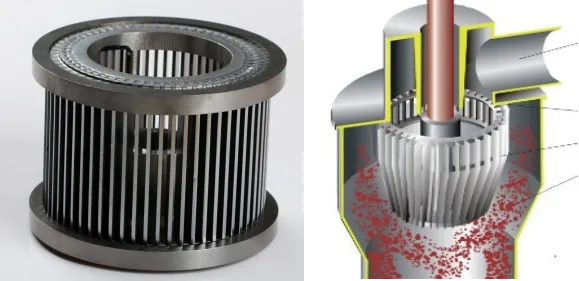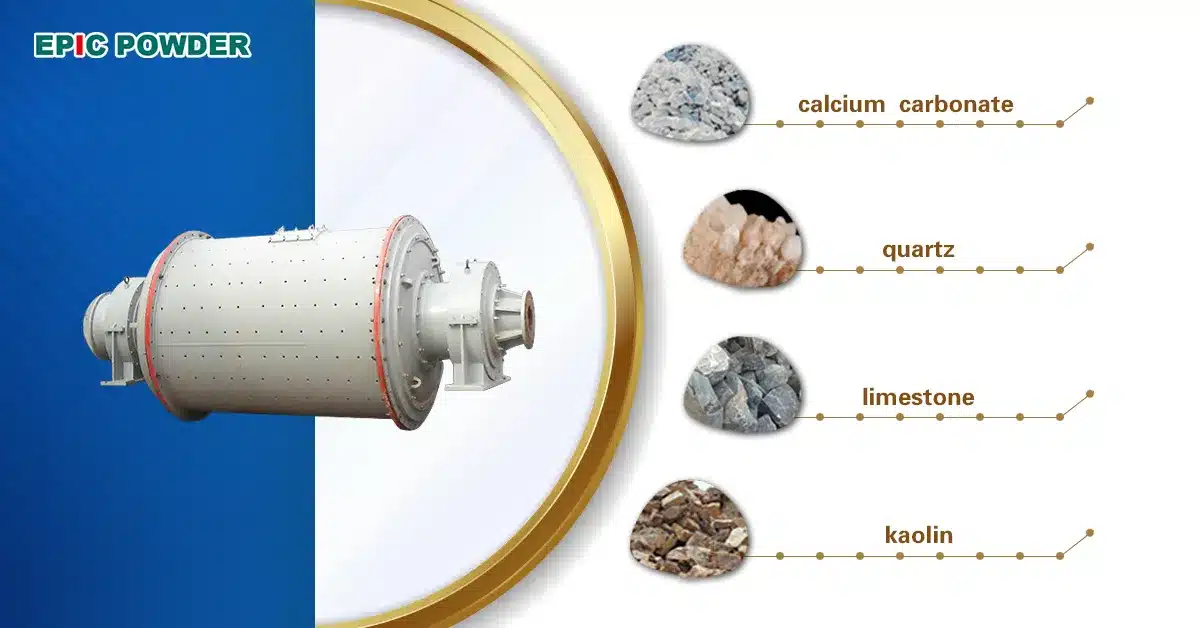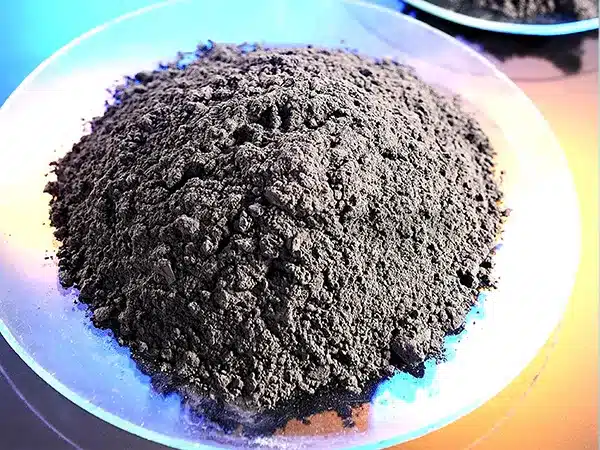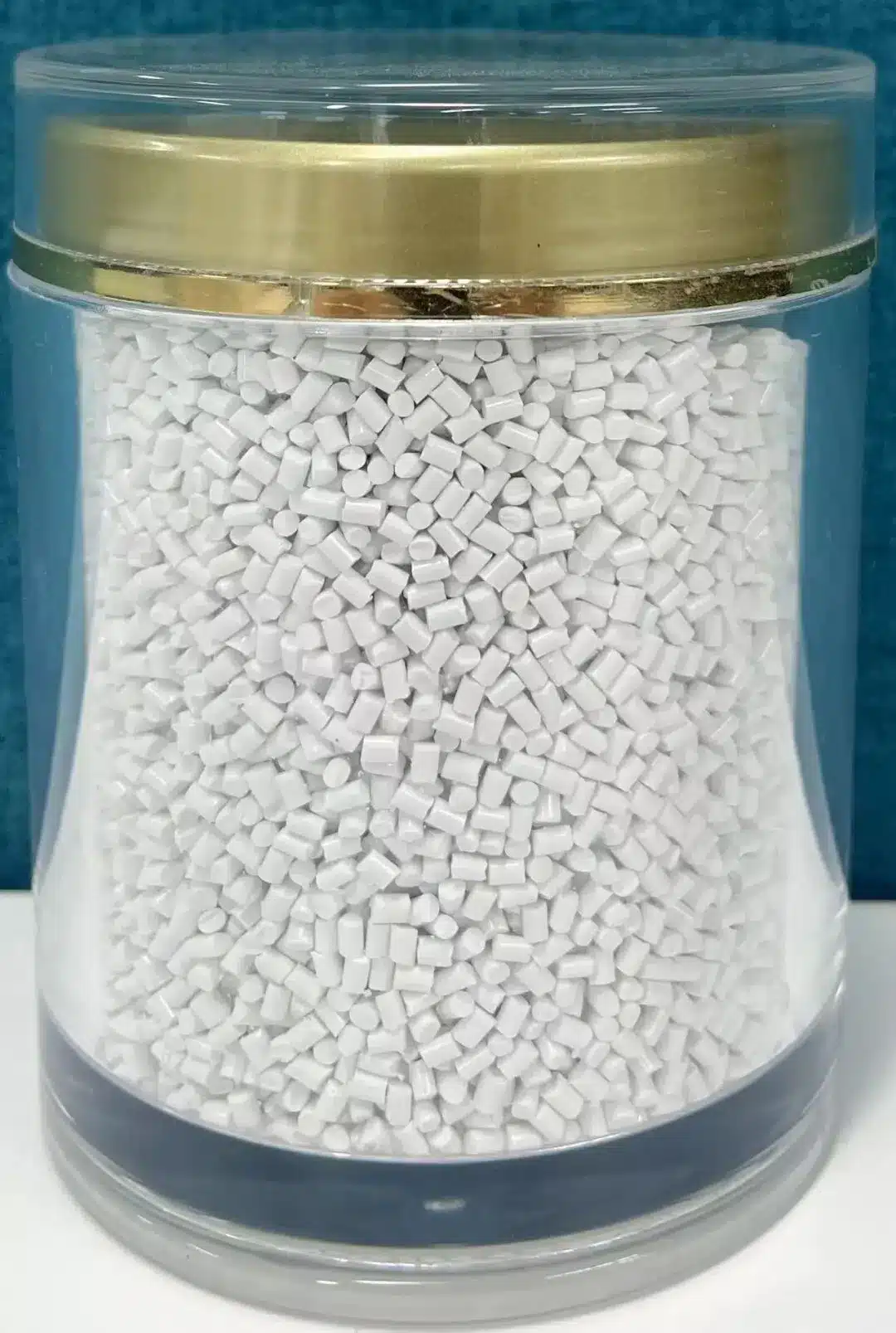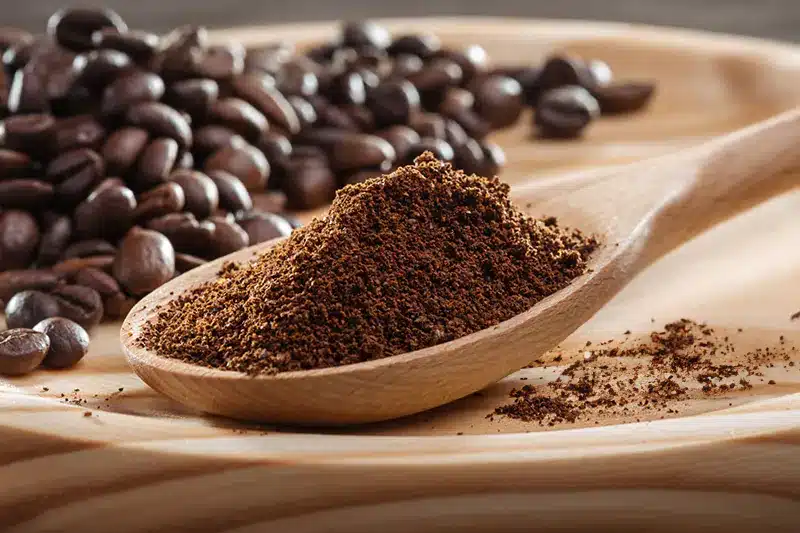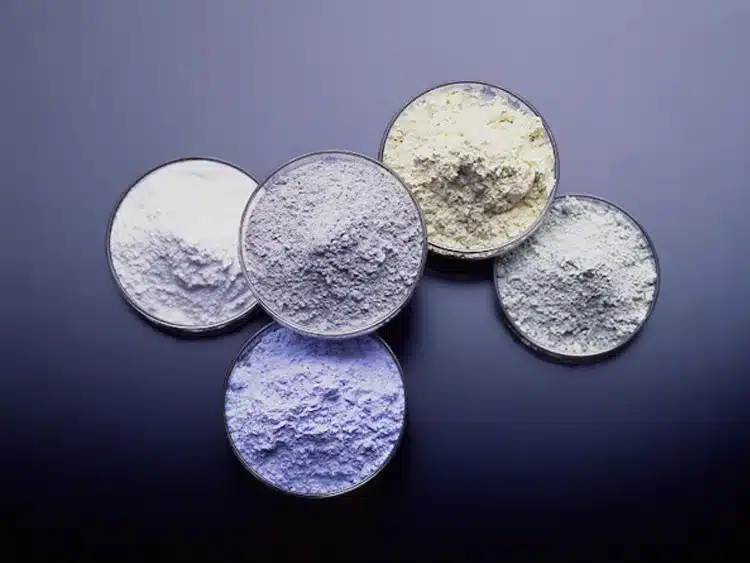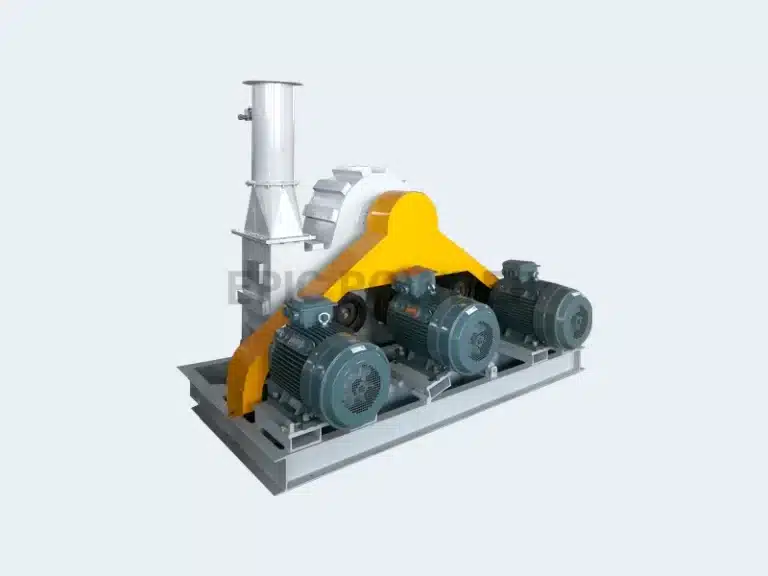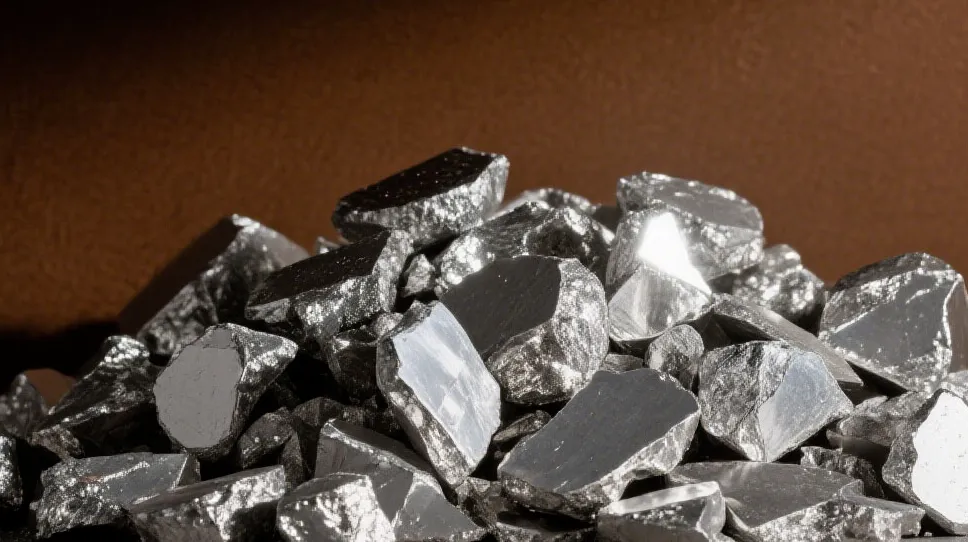In the production of artificial graphite anode, pulverization is one of the earliest and most essential steps. It plays a crucial role in defining the final particle size distribution, shape, and uniformity—factors that directly influence battery performance. A well-designed grinding process ensures high tap density, consistent morphology, and efficient downstream processing.
Types of Grinding Equipment and Applications
Different grinding technologies are used based on the properties of the raw materials and the specific requirements of the production line:
| Equipment Type | Suitable Material | Typical Application |
| Jet Mill | Pitch | Pitch pulverization |
| Roller Mill | Calcined Coke (high hardness) | Calcined coke production lines |
| Mechanical Mill | Green Coke (medium hardness) | Green coke production lines |
Pulverizing Process Flow
The grinding process typically starts with coarse crushing using a hammer crusher, followed by ultrafine grinding with either a roller mill or mechanical mill, depending on the material. The ground material is then shaped and classified to achieve the desired final characteristics.
(1) Roller Mill Process Flow
Feeding → Hammer Crusher (Coarse Crushing) → Roller Mill (Grinding) → Spheronization → Classification
(2) Mechanical Mill Process Flow
Feeding → Hammer Crusher (Coarse Crushing) → Rotary Kiln (Drying) → Mechanical Mill (Grinding) → Spheronization → Classification
Hammer Crusher (Coarse Crushing)
The hammer crusher is designed to break down large raw material blocks into smaller pieces, typically around 10 mm in size. This makes the material easier to handle in the drying and fine grinding stages, improving overall process efficiency.
The crushing process works through high-speed rotating hammers that strike the material. As the material is hit, it also collides with other particles and internal liners, creating multiple impact points. Particles that meet the required size are discharged through screen bars, while larger pieces are re-circulated for further crushing.
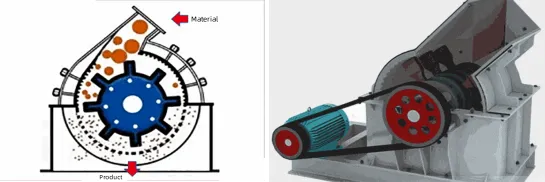
Roller Mill (Fine Grinding)
Roller mills are typically used for grinding hard materials like calcined coke into micron-sized powders. These mills combine high-pressure grinding and internal classification in one unit.
The main shaft drives the grinding wheels to rotate and revolve, generating strong centrifugal force. This compresses the material against a grinding ring, breaking it down through intense pressure. The finely ground material is lifted by airflow into the classification zone, where acceptable particles pass through to the collection system. Oversized particles fall back into the grinding area for further reduction.
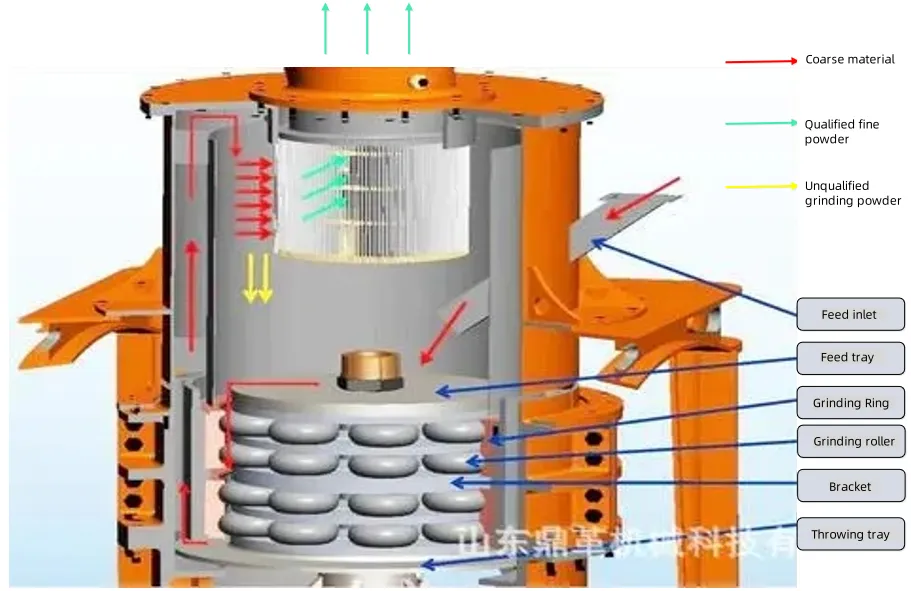
Mechanical Mill (Fine Grinding)
Mechanical mills are ideal for green coke and other medium-hardness materials. These mills use a high-speed rotor and a stationary stator to create strong shear forces and high-velocity impacts. As the material passes through the narrow gap, it is repeatedly struck and fractured.
Inside the grinding chamber, a turbulent flow field is generated, subjecting the particles to fluctuating pressure and repeated collisions. When the energy from these impacts exceeds the material’s fracture threshold, the particles are efficiently broken down into fine powder.

Spheronizer (Shaping)
After grinding, the powder undergoes a shaping process to improve particle roundness. The goal is to smooth sharp edges and produce a more spherical shape. This step enhances the tap density and packing efficiency of the anode material, which contributes to better electrical conductivity and mechanical stability in the final battery cell.
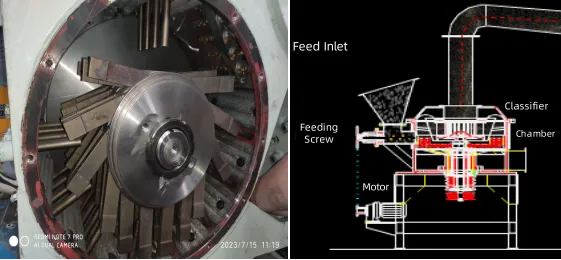

Classifier (Air Classification)
In the final step, the ground and shaped powder is classified to ensure precise particle size distributiohnnn. The fine powder is carried upward by airflow into the classification chamber. There, it encounters two opposing forces: the upward flow and the centrifugal force generated by the rotating classifier wheel.
Coarse particles, being heavier, are thrown outward to the chamber wall and returned to the grinding section. Fine particles, light enough to overcome centrifugal force, pass through the classifier gap and are collected downstream.
This careful classification ensures that only particles within the target size range move forward in the production process, guaranteeing consistent quality and performance.
